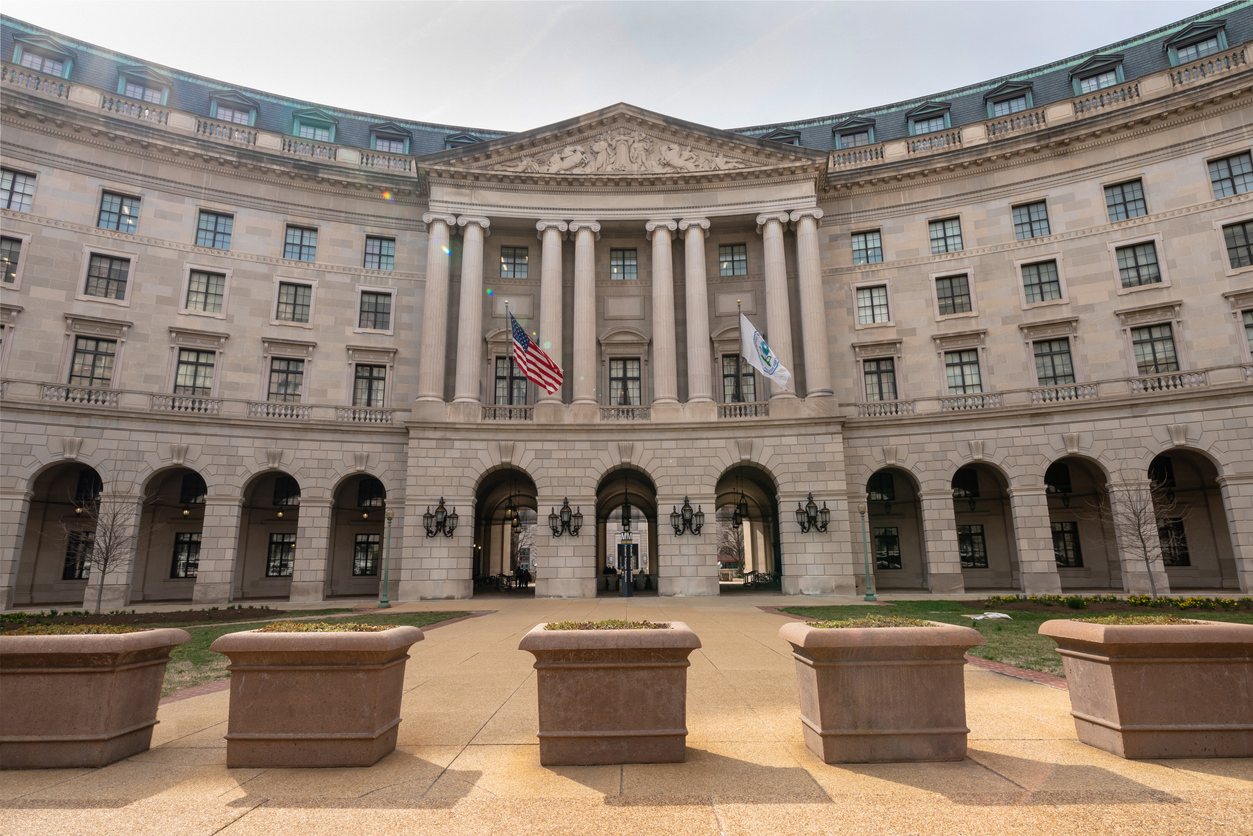On June 28, 2024, in Loper Bright Enterprises v. Raimondo,1Loper Bright Enterprises, et al. v. Raimondo, Secretary of Commerce et al. was decided jointly with Relentless, Inc., et al. v. Department of Commerce et al. in an opinion by Chief Justice Roberts, a 6-3 majority of the Supreme Court overruled Chevron v. NRDC.2Chevron, U.S.A., Inc. v. Natural Resources Defense Council, Inc. et al, 467 U.S. 837 (1984). That long-standing decision specified that federal courts must defer to plausible agency interpretations of ambiguous statutes.
Has the Court now, in terminating the legal doctrine known as Chevron deference, essentially “devour[ed] government as we know it,” to cite NYU law professor Melissa Murray? Similarly, has the Court effected “the biggest judicial power grab Since 1803,” as Elie Mystal, legal columnist for The Nation, earlier anticipated it would do?
I do not think so, and for a reason that goes beyond the fact that its largest-ever power grab was actually effectuated three-days later. See, e.g., Now A King, Above the Law.
True, as Justice Elena Kagan stated in her withering dissent, “[s]ome agency interpretations never challenged under Chevron now will be; expectations formed around those constructions thus could be upset.” Her argument thus tells against the majority’s assurance that it was not, in Loper, overturning prior judicial decisions that employed Chevron deference to affirm agency decision-making.
Moreover, even the majority’s stated adherence to the doctrine of stare decisis (literally, “to stand by things decided”) is weak gruel – as Justice Kagan points out in an especially piercing bit that merits replication:
[H]ow good is that assurance, really? The majority says that a decision’s “[m]ere reliance on Chevron” is not enough to counter the force of stare decisis; a challenger will need an additional “special justification.” . . . The majority is sanguine; I am not so much. Courts motivated to overrule an old Chevron-based decision can always come up with something to label a “special justification.” Maybe a court will say “the quality of [the precedent’s] reasoning” was poor. . . . Or maybe the court will discover something “unworkable” in the decision—like some exception that has to be applied. . . . All a court need do is look to today’s opinion to see how it is done.
Justice Elena Kagan, in dissent joined by Justices Sotomayor and Jackson.
I certainly agree with Justices Kagan, Sotomayor and Jackson, and numerous scholars, that the Court’s overruling of Chevron was unwarranted and will be harmful overall.
But I think that in Loper the Court merely extended its multi-year drive to unsettle the stability of certain federal agency decision-making, and that its 2022 decision in West Virginia v. EPA was the bigger judicial power grab.
We’ve examined the West Virginia decision in this space before — here and here (and also here in a webinar for CPR Initiative supporters). In brief, the West Virginia Court sought to constrain federal agencies from developing and implementing regulations to tackle truly large problems (like CO2 emissions from coal-fired power plants) where such regulations effect a major industry but are not based on clear federal law.
The fundamental obligation of EPA and other federal agencies to protect the public persists, unabated.
After Loper and, even more, after West Virginia, is there anything left for federal agencies and citizen advocates to do to address difficult and large-scale problems arising from major industrial activity? Like, for instance, climate change?
Certainly, there is.
True, it is more important than before that agency action be well-grounded in existing law. Further, efforts to change the law – including by legislation – need to be as little peppered with ambiguity as possible.
But where some ambiguity is unavoidable, Congress still should be able to confer discretion on an agency by directing it to define key terms, for instance, or else by otherwise directing it to fill a regulatory scheme’s blanks. Or else – and this amounts to nearly the same thing – Congress is able to order the Agency, as the Loper majority stated, “to regulate up to . . . the limits imposed by a term or phrase that leaves agencies with flexibility, such as “appropriate” or “reasonable.” And Congress has done precisely that in a number of important statutes.
Granted, then, that a federal agency’s plausible interpretation of an ambiguous statutory phrase no longer will be accorded automatic judicial deference. But the Court has not, in either Loper or West Virginia, erased an agency’s statutory authority to act. Accordingly, the fundamental obligation of EPA and other federal agencies to protect the public persists unabated.
Footnotes:
- 1Loper Bright Enterprises, et al. v. Raimondo, Secretary of Commerce et al. was decided jointly with Relentless, Inc., et al. v. Department of Commerce et al.
- 2Chevron, U.S.A., Inc. v. Natural Resources Defense Council, Inc. et al, 467 U.S. 837 (1984).


